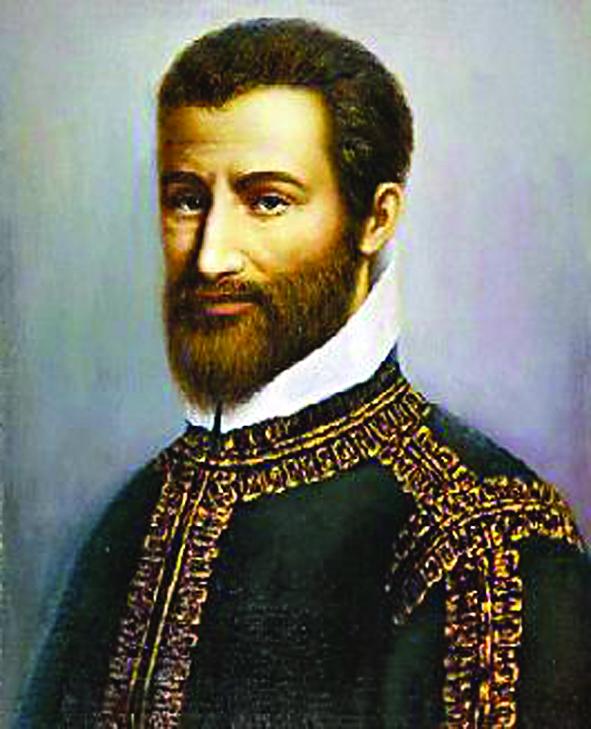Pompei is a ruined Roman city near Naples in the Italian region of Campania, in the territory of the commune of Pompei. This city was destroyed by the volcanic eruption of Mount Vesuvius in 79 AD. The city that developed about a mile from these ruins was also subjected to tragedy when it was ravaged in 1659 by a widespread epidemic of malaria that killed most of the population.
Bartolo Longo was born in 1841 in Laziano, Italy, as the son of a doctor and a devout Catholic mother. His mother ensured from an early age that Bartolo developed a great love for Our Lady through praying the rosary.
In 1871, Bartolo became a Third Order Dominican and took the name Brother Rosario. In 1872, he arrived in marshy Pompei, accompanied by two armed escorts to protect him from the bandits who overran the area. He was shocked and filled with great pity at the ignorance, poverty, and lack of religion of the inhabitants of the area. He was also struggling with his own doubts about his Christian faith.
While walking through the parish on October 9, he distinctly heard a voice say to him: “If you seek salvation, promulgate the rosary. This is Mary’s own promise.” His generous heart was moved, and he promised Our Lady to do all in his power to promote devotion to the rosary among the people of the area.
To this end, he set up rosary festivals with games, races, and even a lottery to attract the people. He started restoring a dilapidated church in October of 1873 and sponsored a festival in honor of Our Lady of the Rosary. In 1875, Longo obtained a well-worn painting of Our Lady of the Rosary from a convent in Naples and raised funds to get the image restored so as to locate it in the church.
A young girl from Naples, Fortuna Agrelli, was suffering from a painful, incurable disease. She had been given up by the most celebrated physicians. On February 16, 1884, the afflicted girl and her relatives commenced a novena of rosaries.
The Queen of the Holy Rosary favored her with an apparition on March 3rd. Mary, sitting upon a high throne, surrounded by luminous figures, held the Divine Child on her lap, and in her hand a rosary. The Virgin Mother and the Holy Infant were clad in gold-embroidered garments. They were accompanied by St. Dominic and St. Catherine of Siena. Fortuna marveled at the beauty of Mary and asked her as “Queen of the Rosary” for her cure. Mary replied that, since she had called her by a title that was so pleasing to her, she could not refuse her request; she then told her to make three rosary novenas to obtain all she asked. The child was cured, and soon after Mary appeared to her again, saying: “Whosoever desires to obtain favors from me should make three novenas of the prayers of the rosary in petition and three novenas in thanksgiving.” This is how the Rosary Novena devotion to Mary originated.
In 1883, a sanctuary was built for the image and consecrated in 1891. Many miracles are attributed to the intercession of Our Lady of Pompei. The image of Our Lady of Pompei represents Our Lady of the Rosary as Queen of Heaven. She and her Son, Jesus, are handing out rosaries to Saint Dominic and Saint Catherine of Siena. The Pompei portrait is derived from the Eastern icon style of the 6th century. On October 21, 1979, Pope John Paul II visited Pompei. The gathering was a national pilgrimage to Our Lady of Pompei. On October 26, 1980, Bartolo Longo was beatified by John Paul II and called “Man of the Rosary” and the “Apostle of the Rosary.”




Facebook Comments